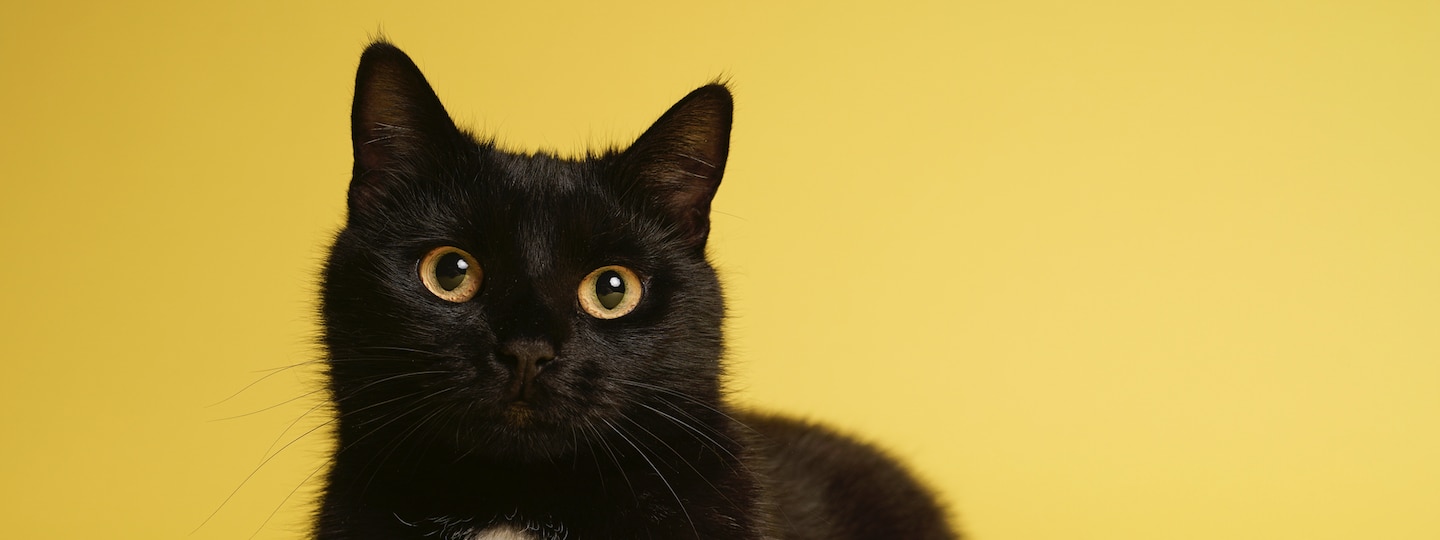Halloween Safety for Pets
About PetMD
For Pets. By Vets.
100+
Expert Vets
400+
Breeds of animals
6k+
Reviewed articles
